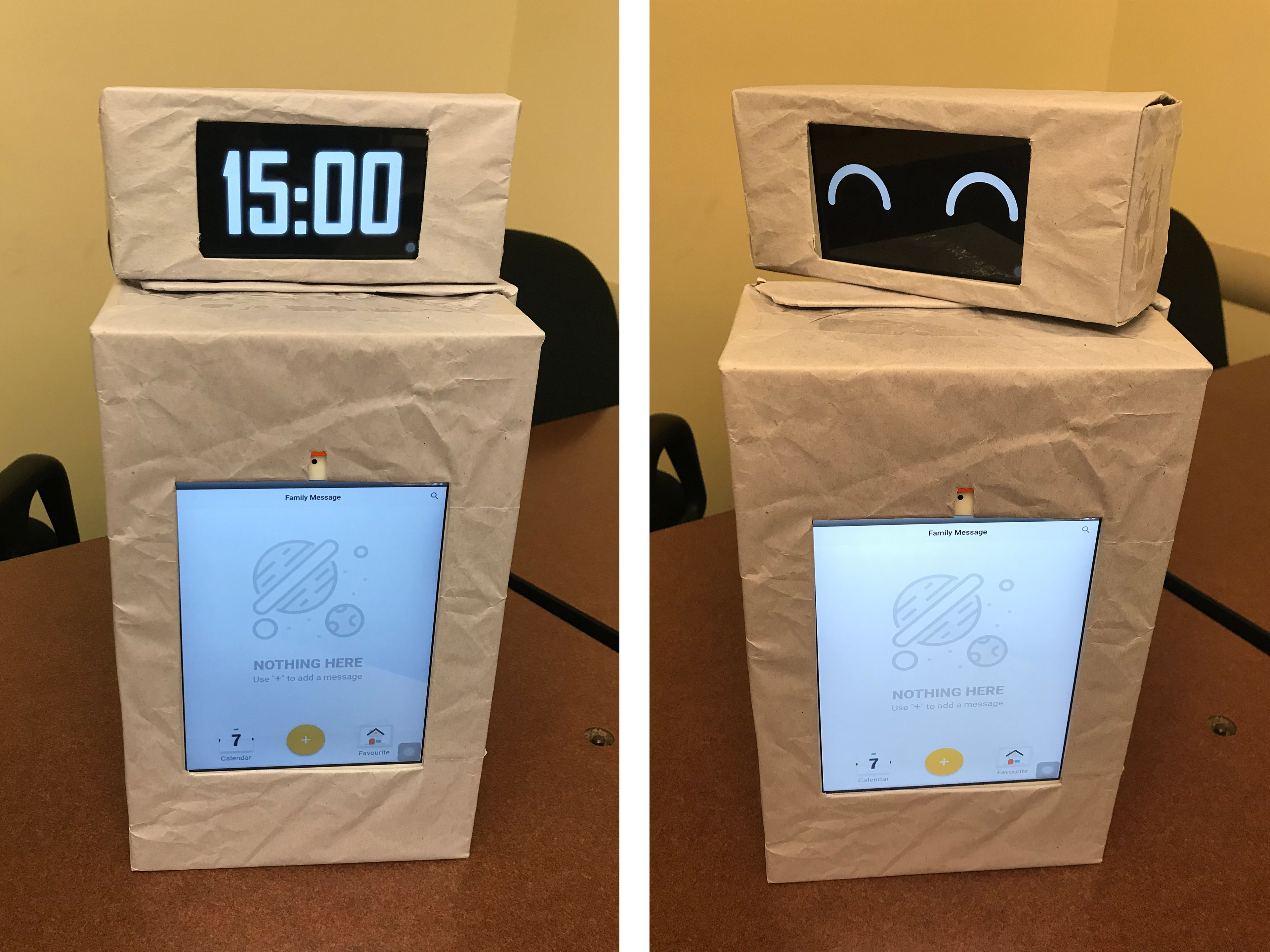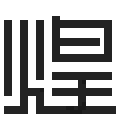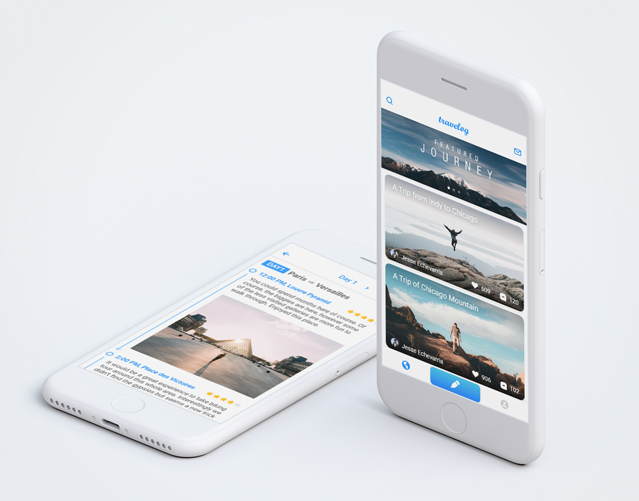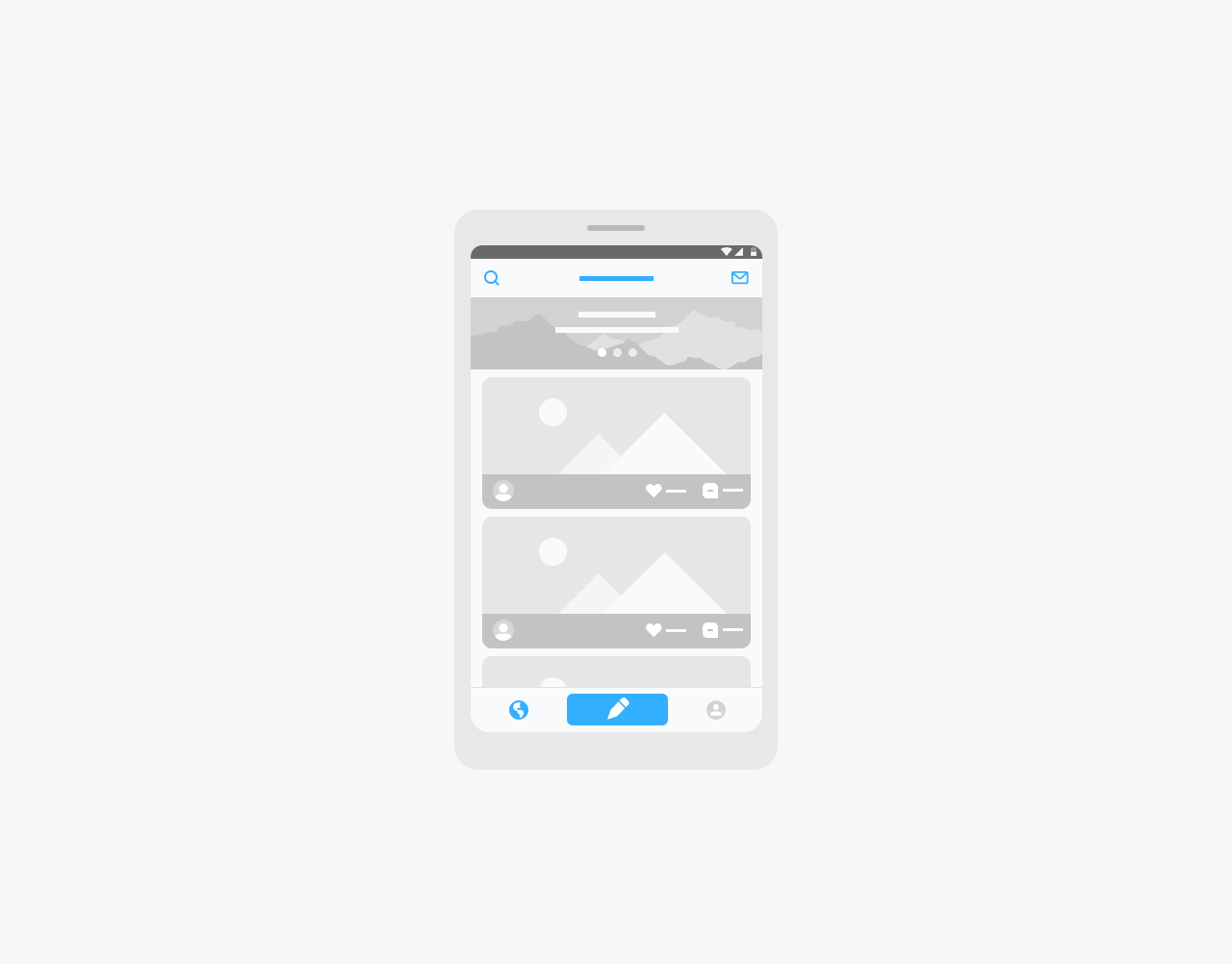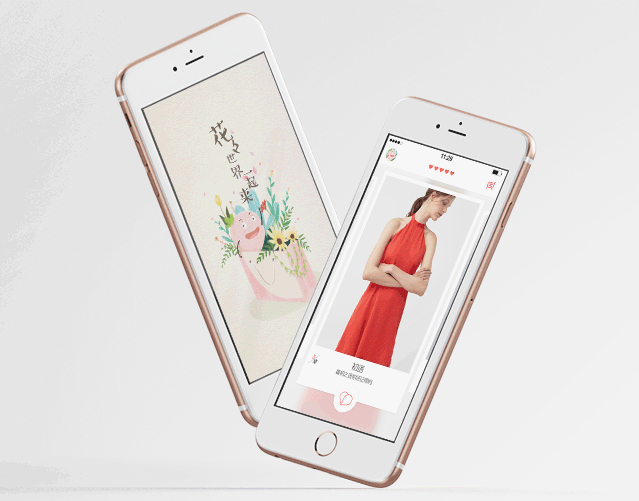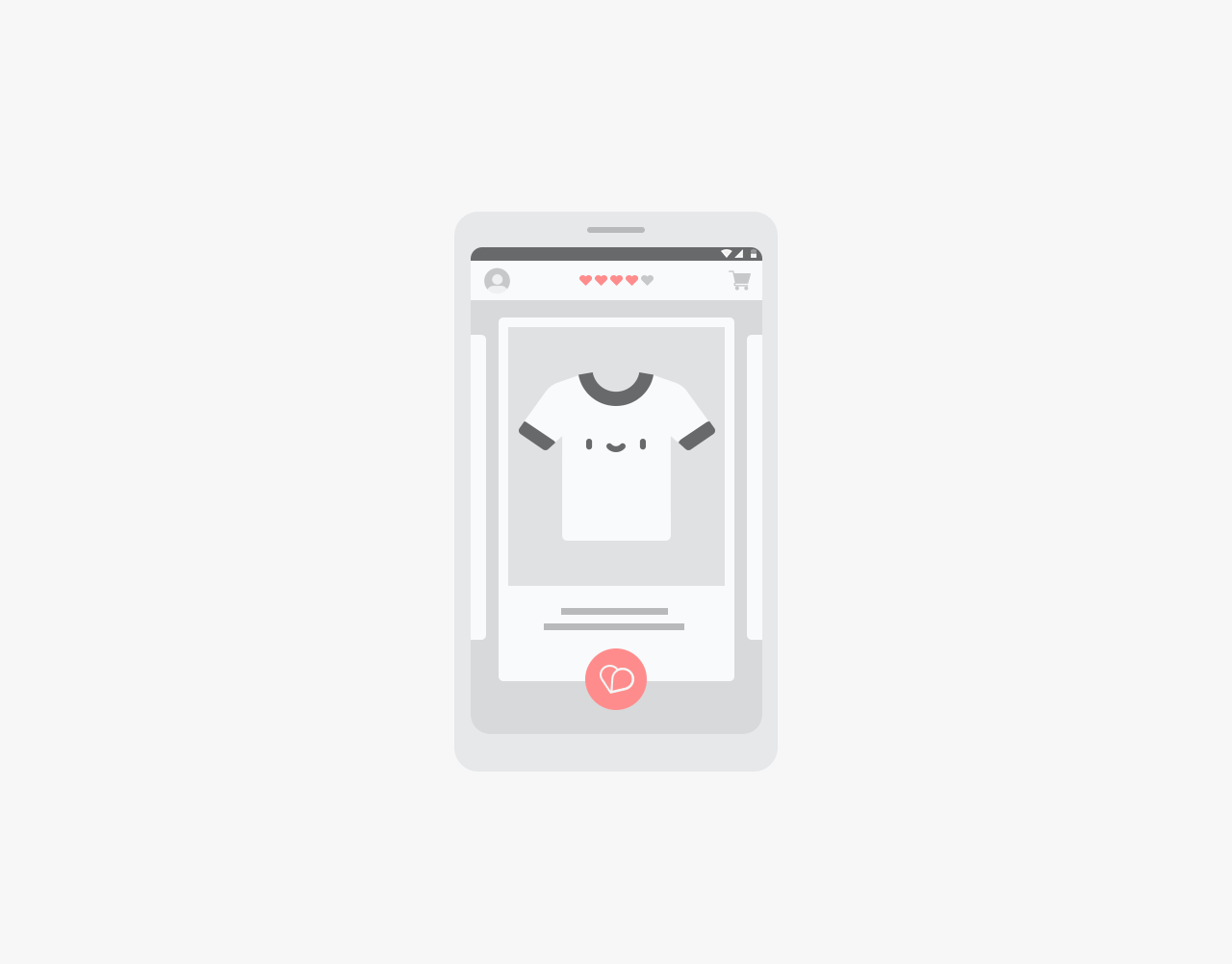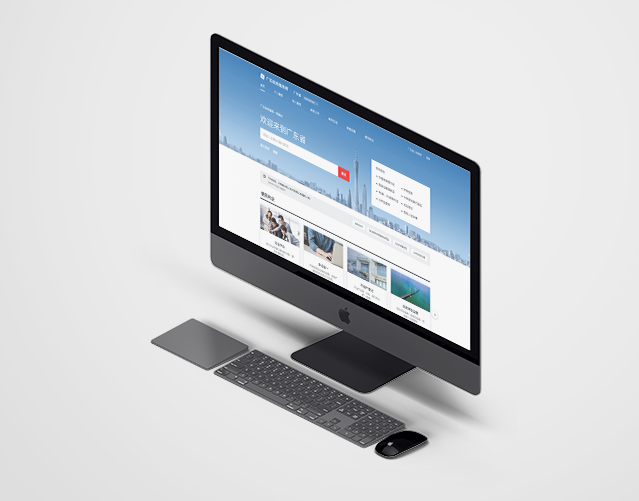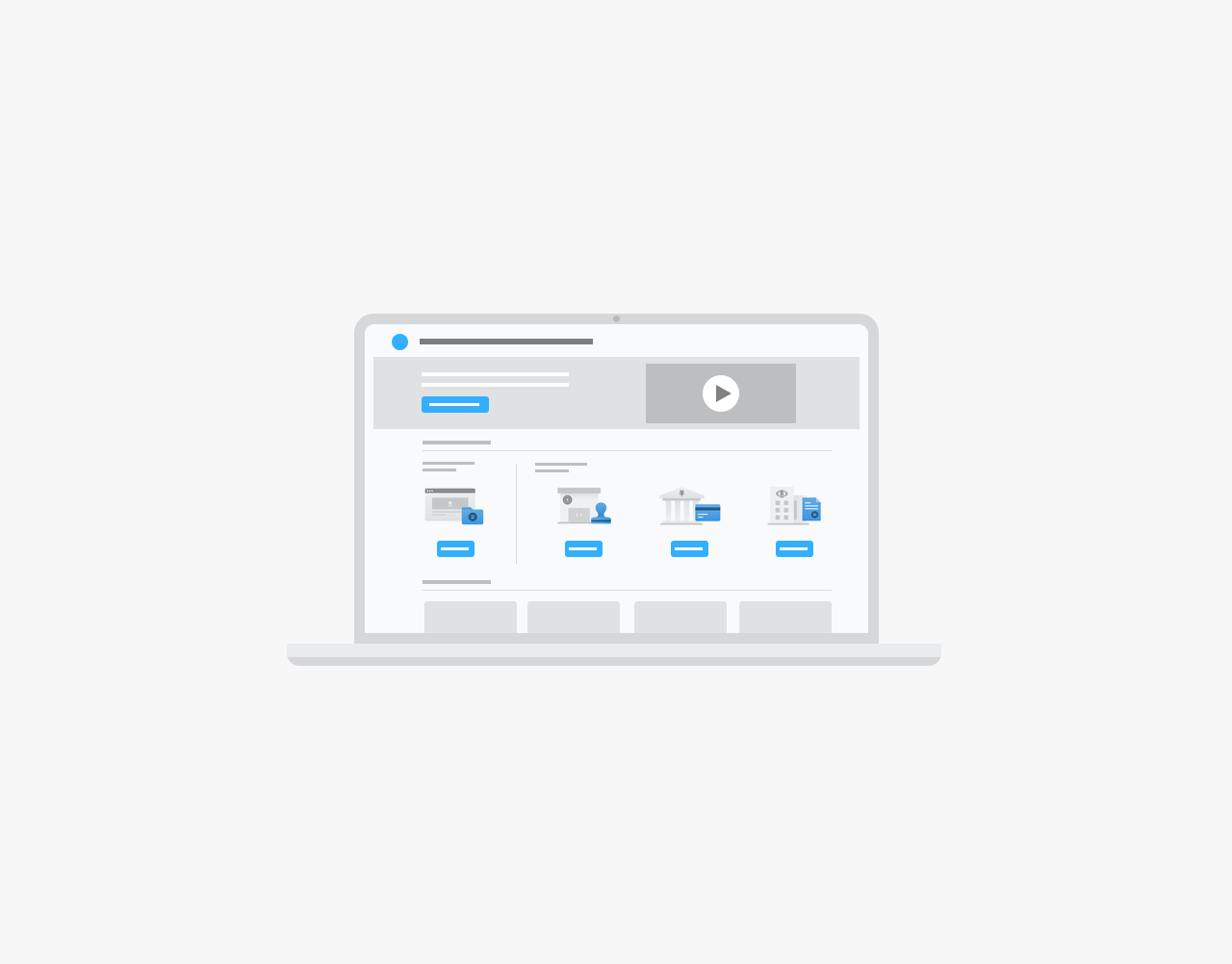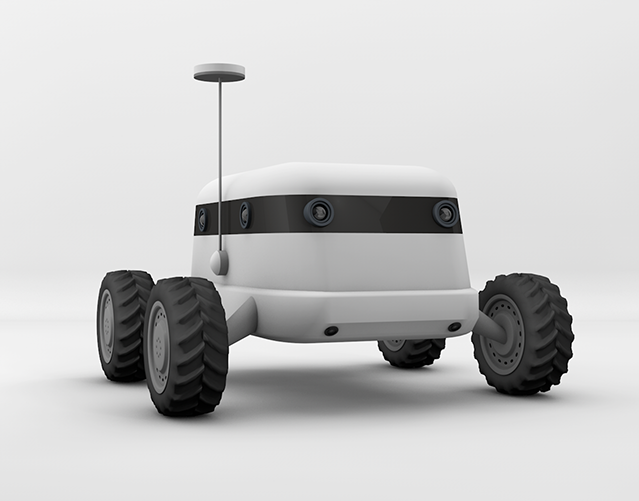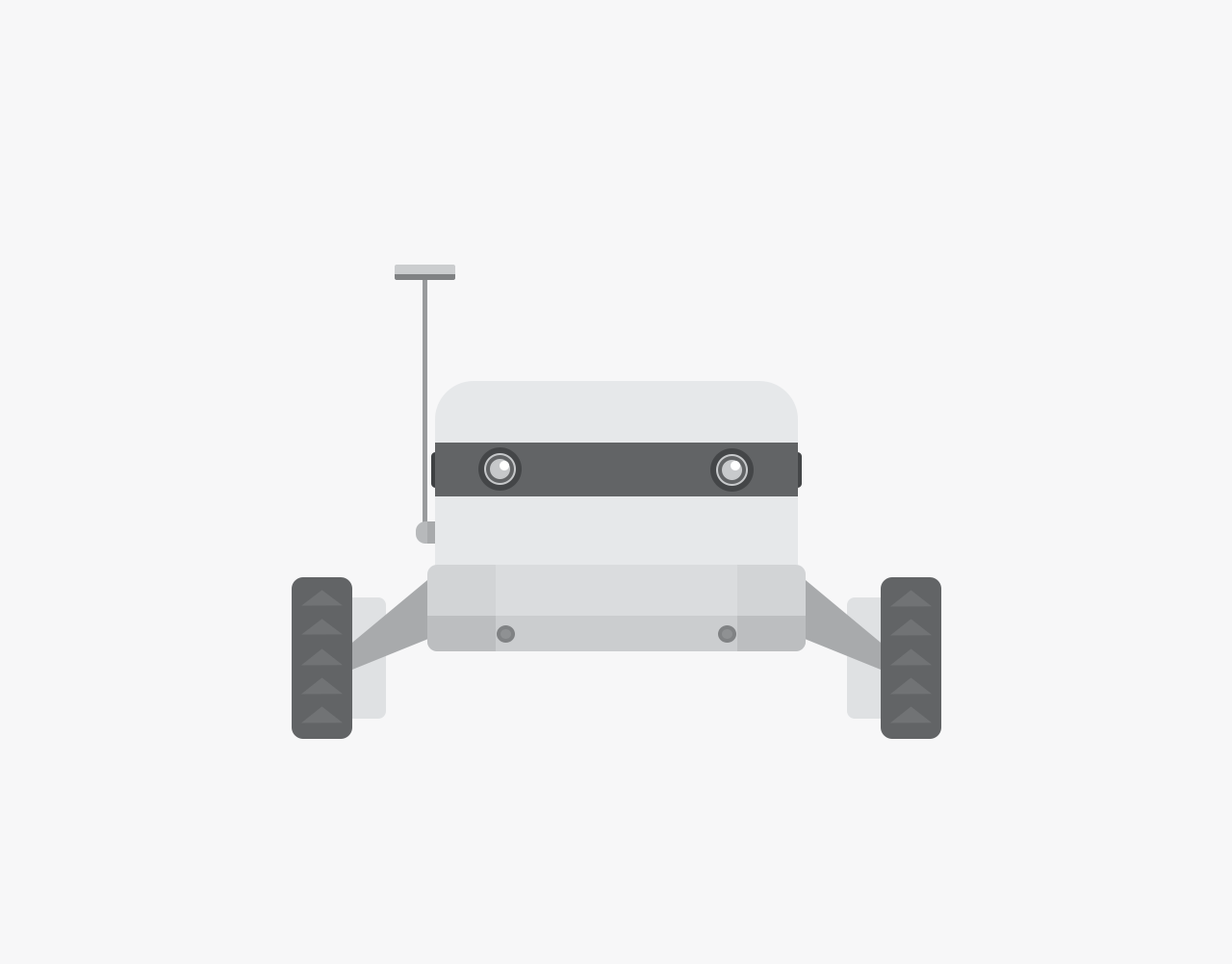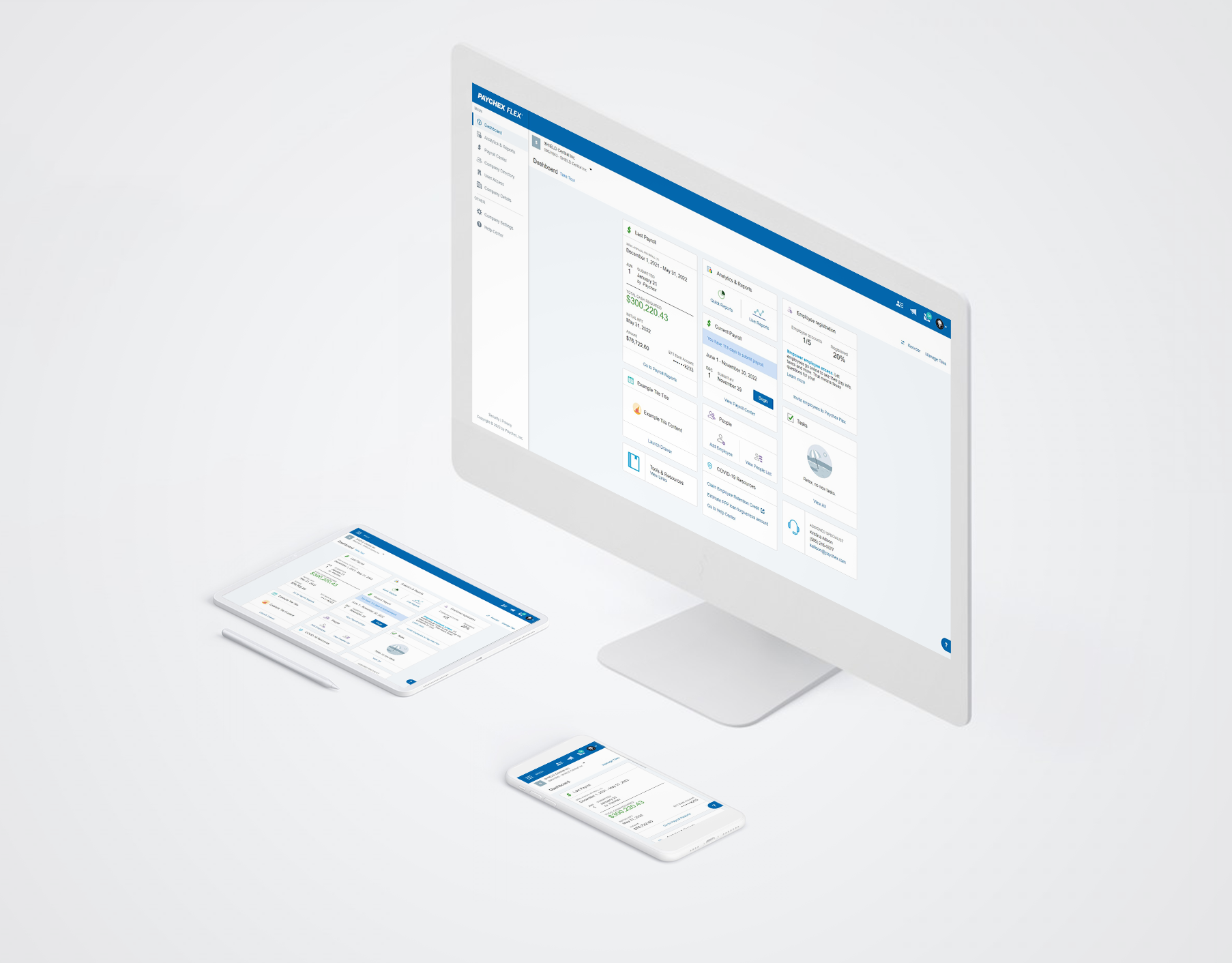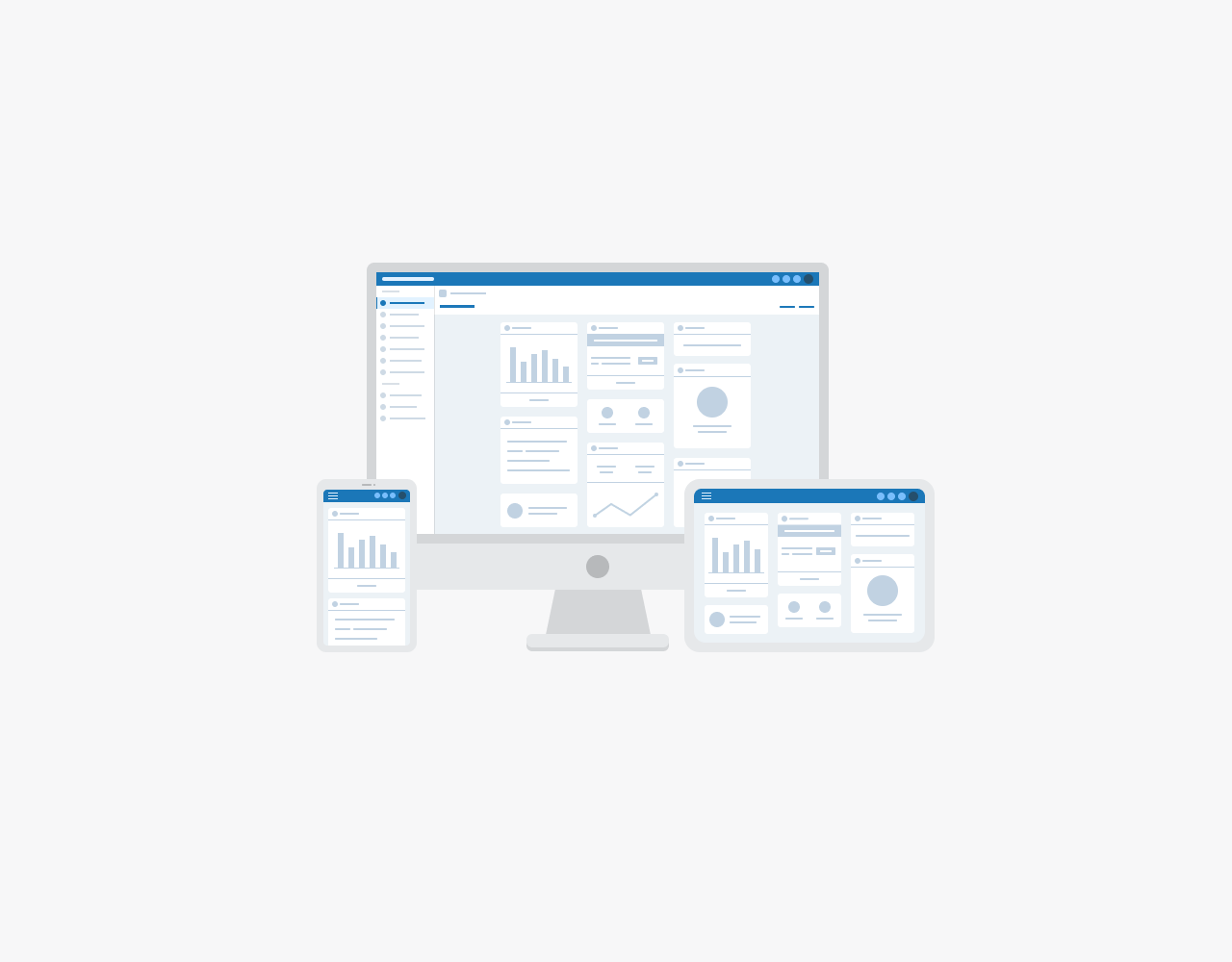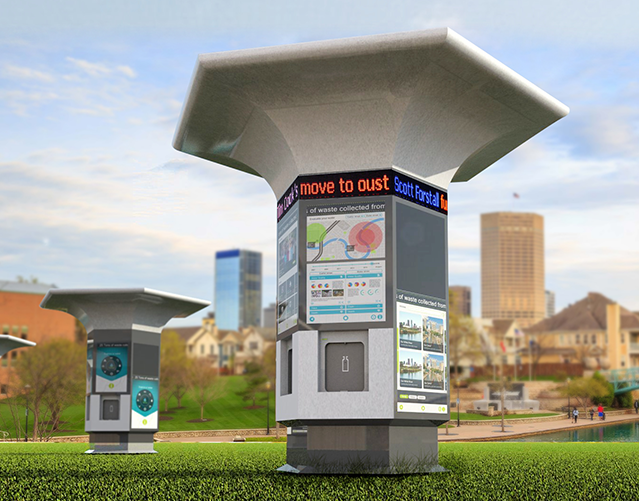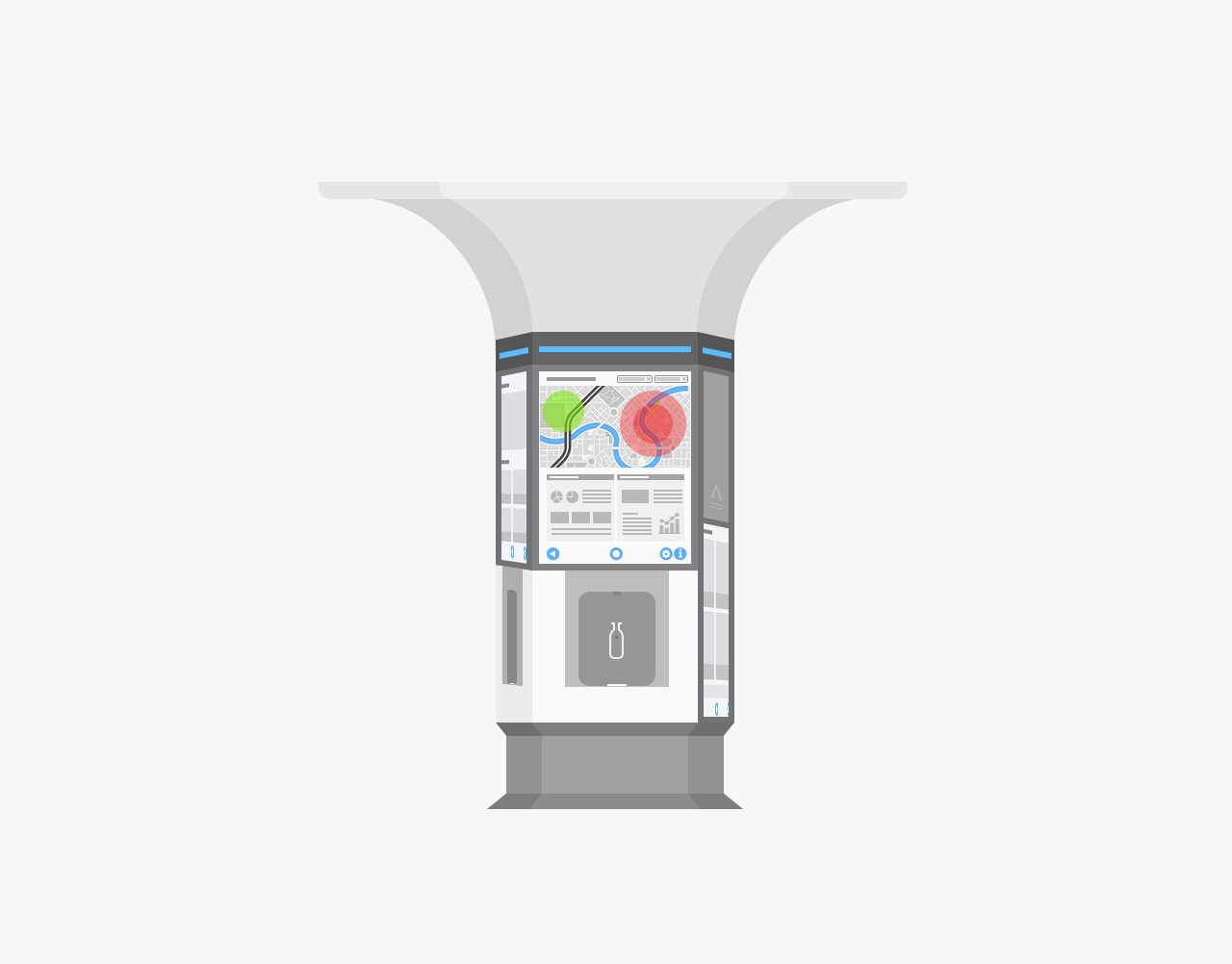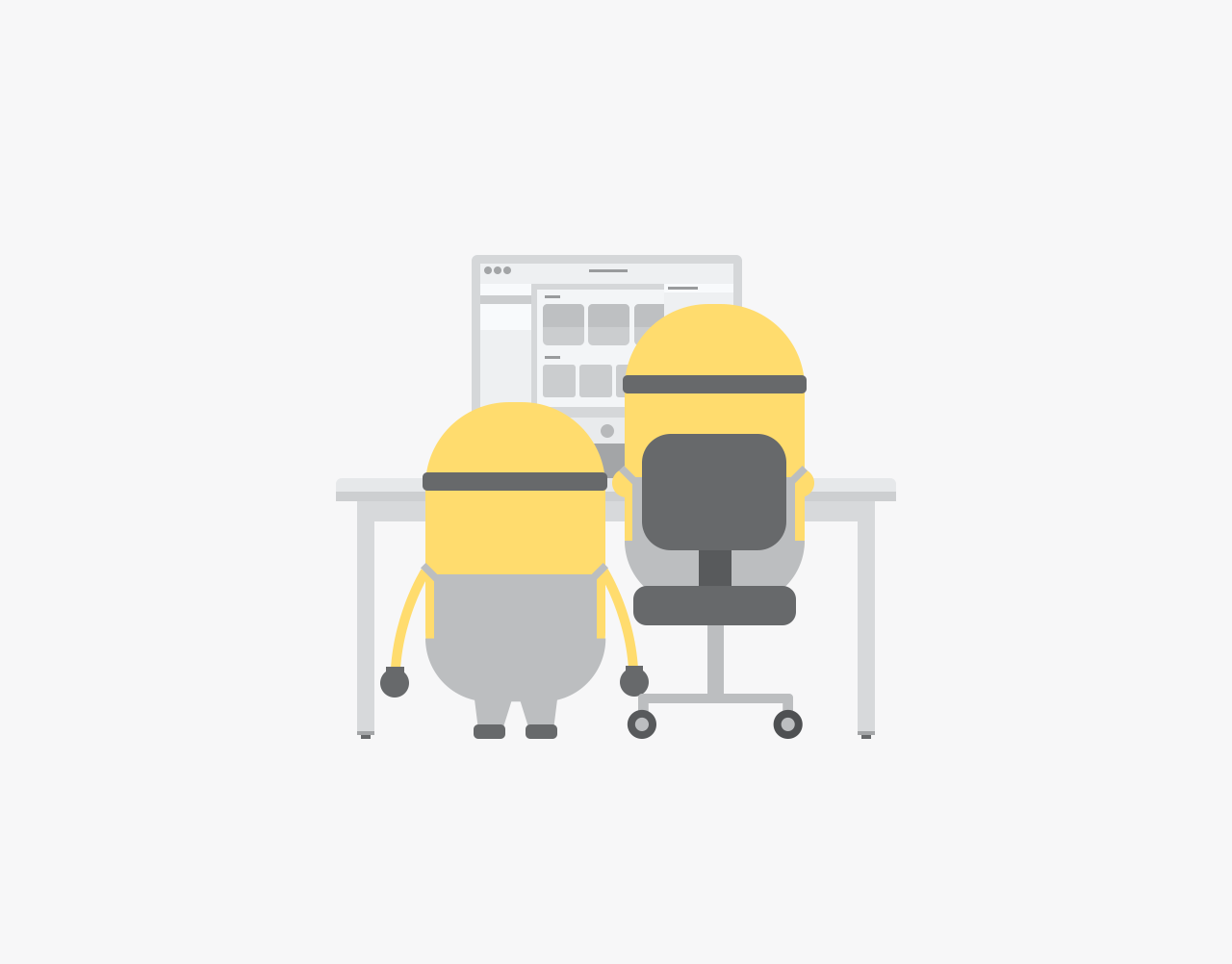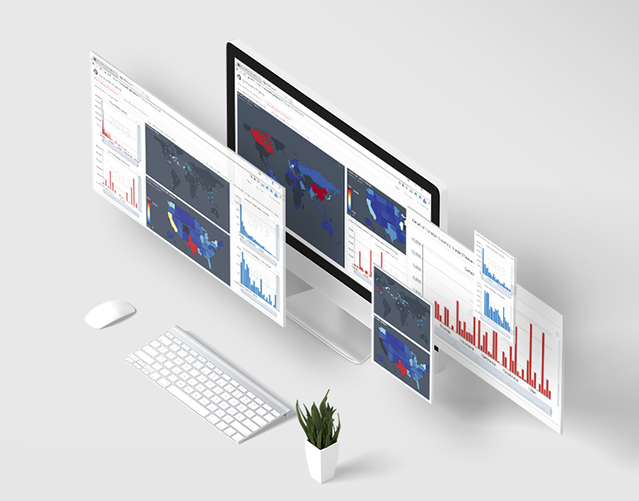Introduction
This project aimed to redesign an outdated family message product to improve family communication with an innovative concept. Based on essential features like message writing and reading, we designed the family robot "Hendon", which integrated cutting-edge technologies like face detection, natural language processing, and handwriting recognition, to bring a brand new communication experience.
Research
To learn more about the original product, we researched by watching its introduction video and reading the user manual. In this way, we confirmed that it was designed for the family with children or seniors who do have not to own mobile phones to make phone calls or send Emails, and one of its primary product goals was to help all family members to communicate with each other in an exciting and accessible way.
Then, because it is hard to find and connect to this outdated product user in a limited time, we collected 25 detailed customer reviews of this product on Amazon as a substitute for our user research. By analyzing reviews, we summarized 2 pain points most mentioned by users:
Idea Exploration
To explore more possible ideas, we conducted 2 rounds of ideation, the first round for making ideas broad, and the second round for making ideas deep. For more targets, we kept our product goal and target user the same as the original product, and came up with 3 design goals based on the user pain points and our team objectives:
1st Round Brainstorming
Each team member sketched 10 initial ideas with different forms, and we got 30 ideas in this round. Here is presenting my 10 ideas:
Each team member sketched 10 initial ideas with different forms, and we got 30 ideas in this round. Here is presenting my 10 ideas:
2nd Round Brainstorming
After the team meeting for rating 1st round ideas based on the design goals, we decided to focus on "Family Robot" and "Smart Lamp". To explore possibilities around these 2 ideas, we started 2nd round of ideation and got 30 detailed ideas totally. Here is presenting my 10 ideas:
After the team meeting for rating 1st round ideas based on the design goals, we decided to focus on "Family Robot" and "Smart Lamp". To explore possibilities around these 2 ideas, we started 2nd round of ideation and got 30 detailed ideas totally. Here is presenting my 10 ideas:
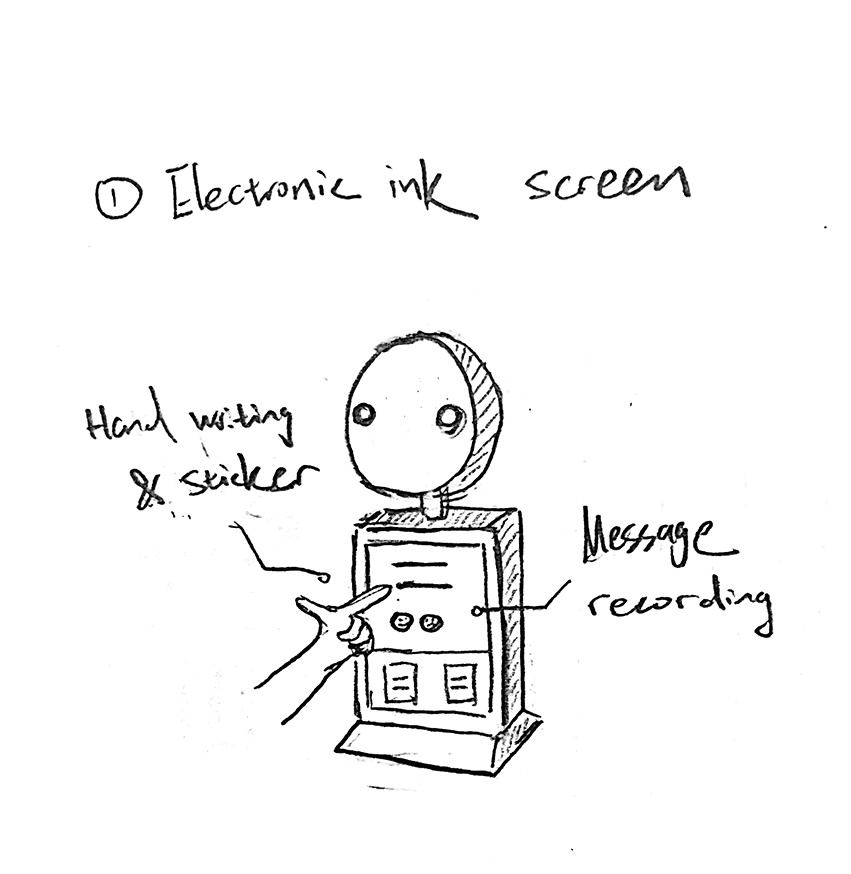

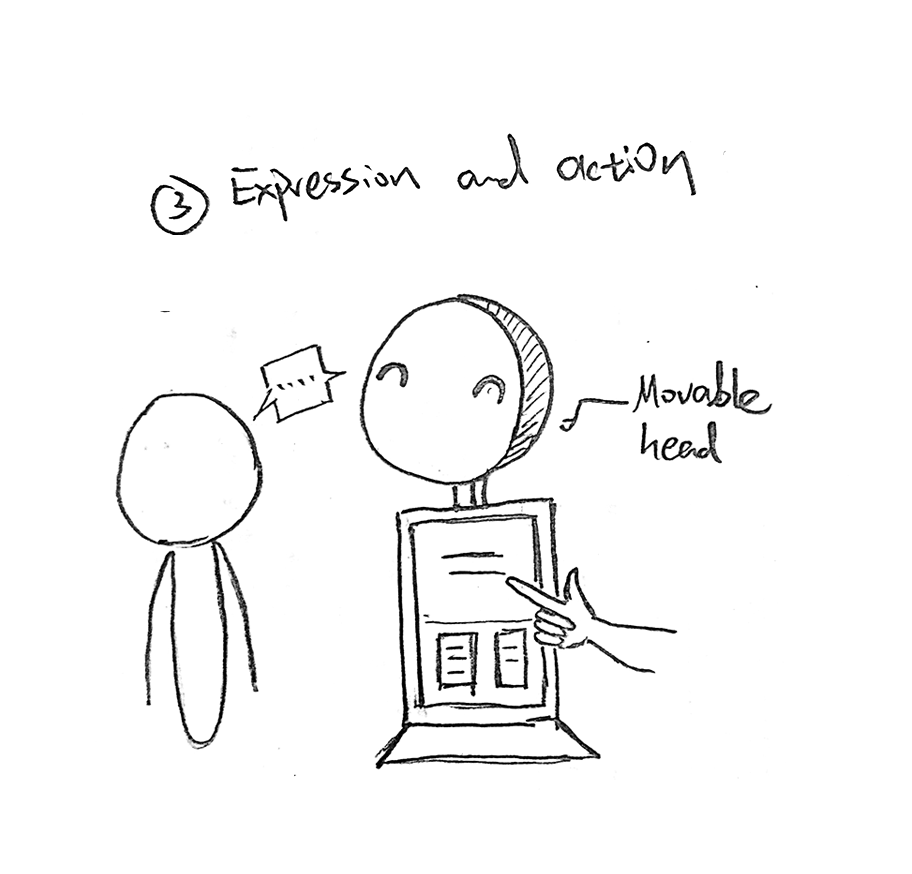
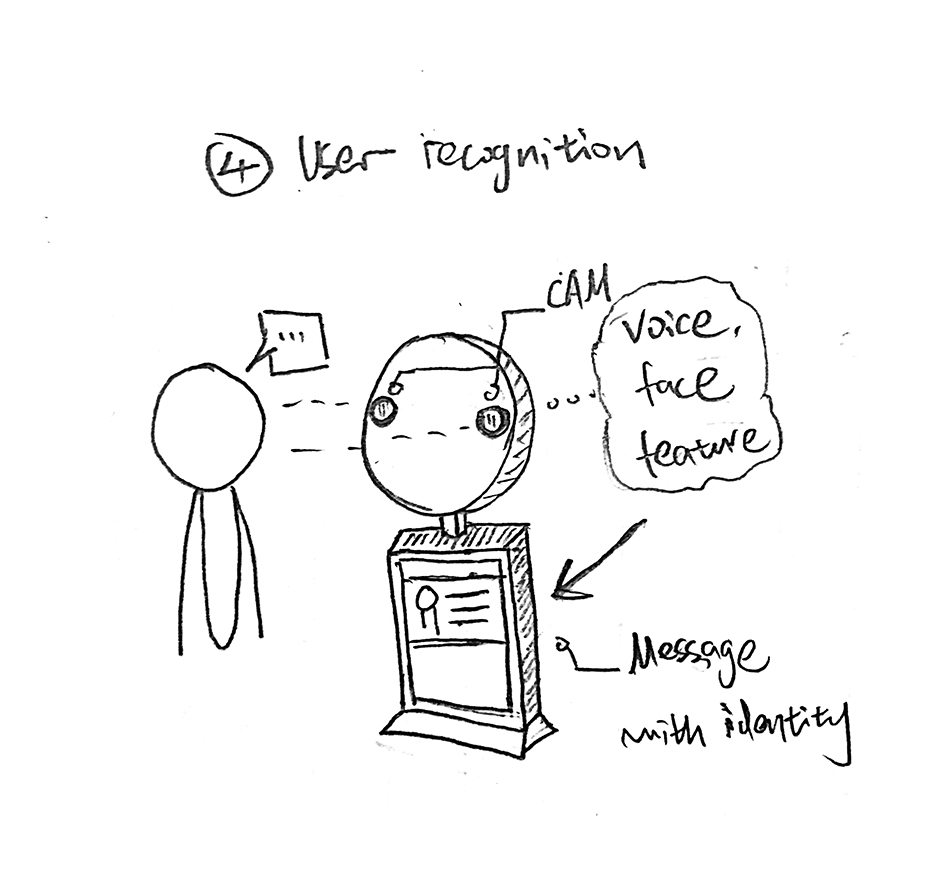
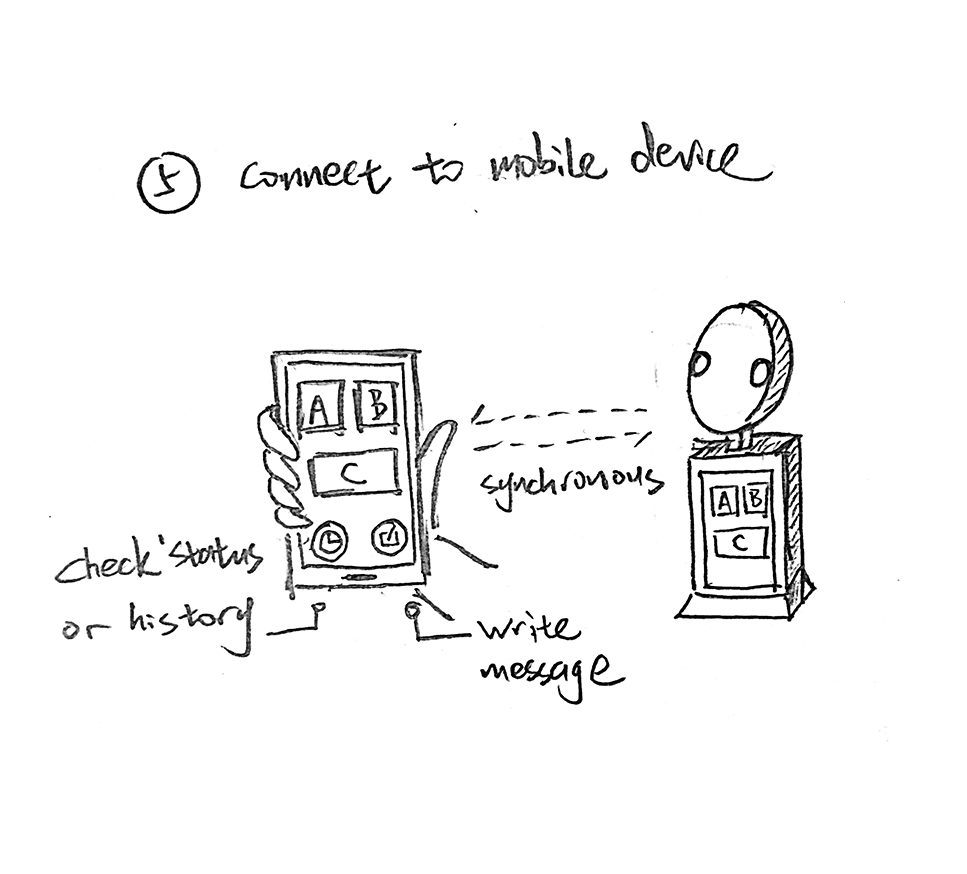
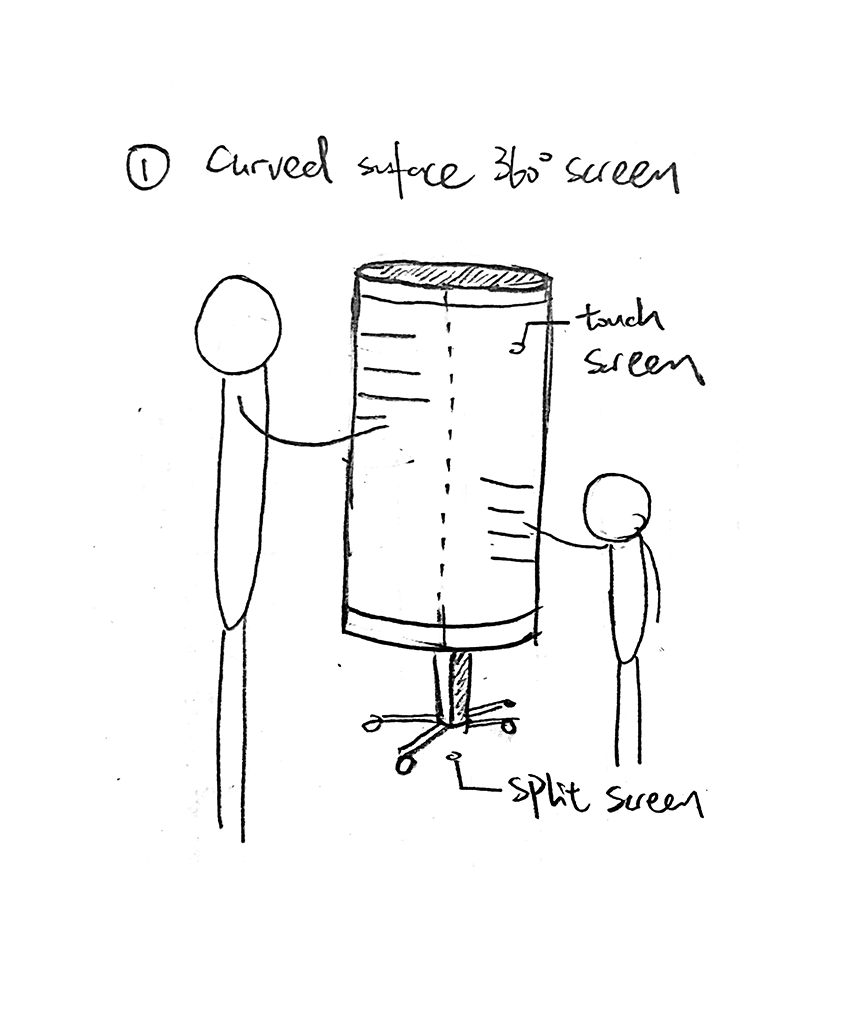
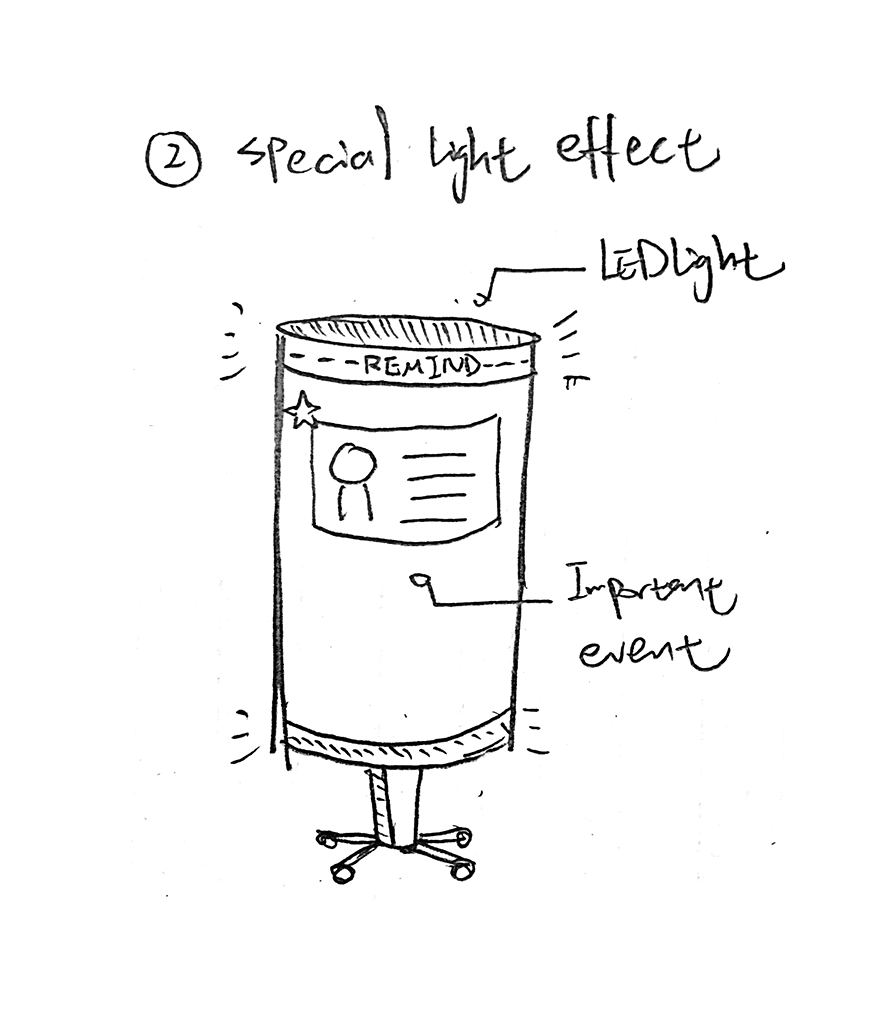
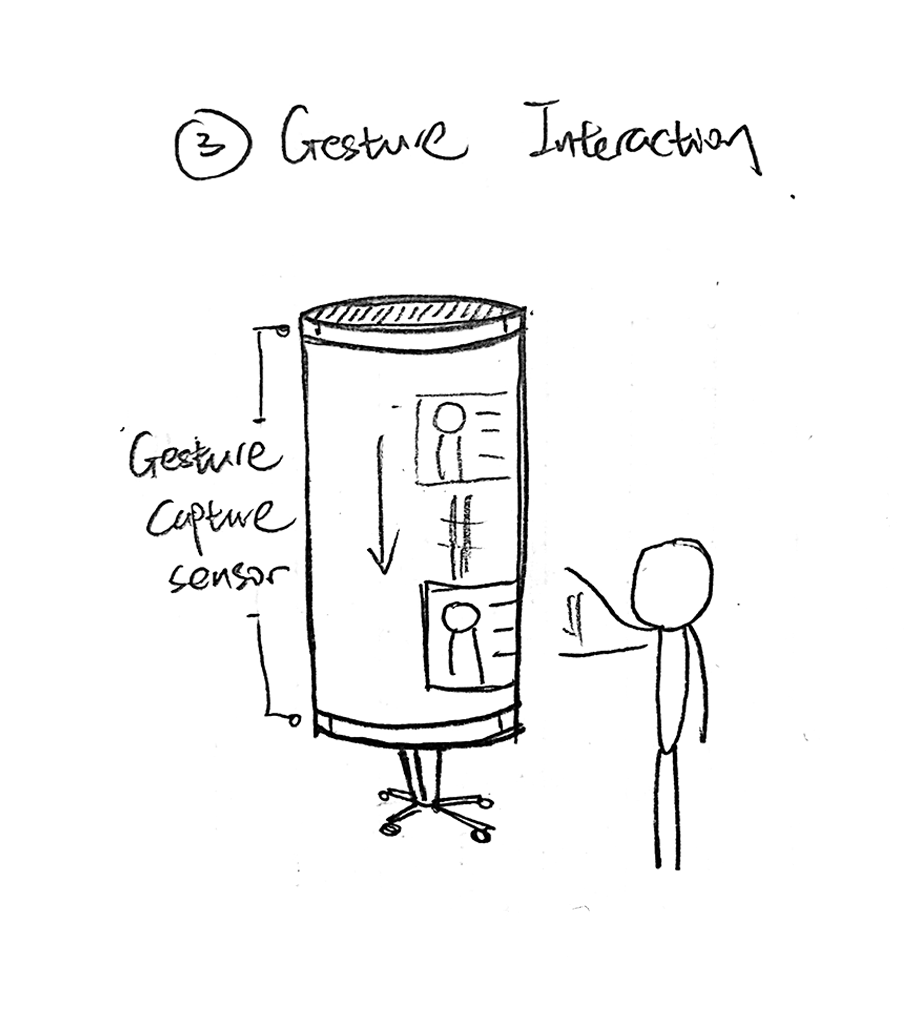
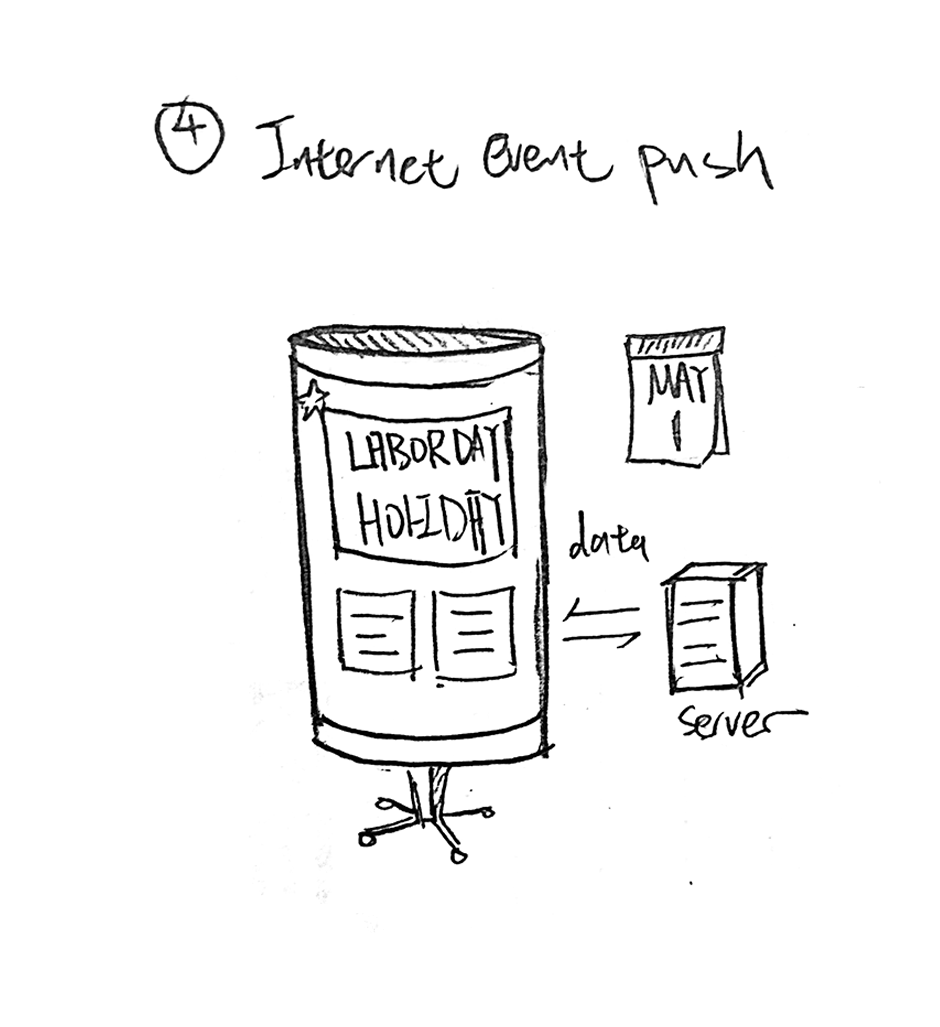
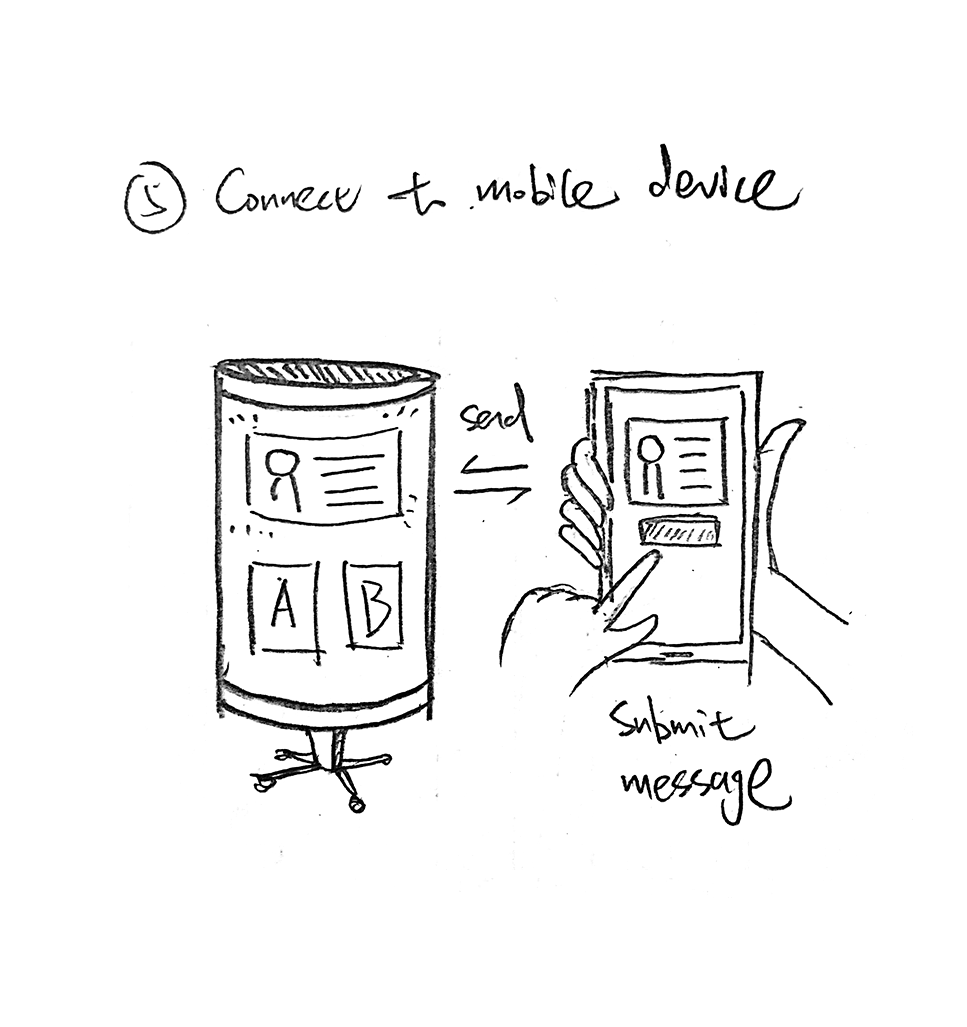
Final Decision
We finally chose the Family Robot idea. Considering the "Happiness Improvement" goal, since the robot has more similarities to humans than the lamp, it has more potential to join the family as a member and improve family happiness. Then, we named the Robot "Hendon", to give it more personality.
For the hardware structure, Hendon has 2 screens, one screen is its “head”, and the other is its “body”. Its “head” can rotate, express emotion, and display time. It can also record video, recognize who is standing in front of it, and recognize the natural language. Its “body” is the main screen showing the features; family members can interact with it by finger touching and digital pen writing.
Information Architecture
Based on the features of the original product, we decided on 4 main features of Hendon: Write Message, Read Message, Family Calendar, and Favorite Message. Besides, to achieve the "Design Optimization" and "Technology Innovation" goals, we leveraged technologies including face detection, natural language processing, and handwriting recognition, to reduce the complexity of interaction.
Low-Fidelity Prototype
We did paper prototyping by sketching the main user flow screens on a notebook. After finishing the paper prototype, we recruited 3 participants and conducted user tests. Although participants felt slightly confused regarding the paper method, they all finished the task.


High-Fidelity Prototype
Interactive Prototype
Rendered 3D Model
Besides, I created a 3D model using Cinema 4D to better present Hendon's actual look.
Besides, I created a 3D model using Cinema 4D to better present Hendon's actual look.
Physical Prototype
At last, we built the physical prototype by handcrafting to bring our conception to the real world. We made the main structure of Hendon by using cartons, embedded an iPhone as its head screen, and embedded an iPad as its body screen. In this way, users can interact with it.
At last, we built the physical prototype by handcrafting to bring our conception to the real world. We made the main structure of Hendon by using cartons, embedded an iPhone as its head screen, and embedded an iPad as its body screen. In this way, users can interact with it.


